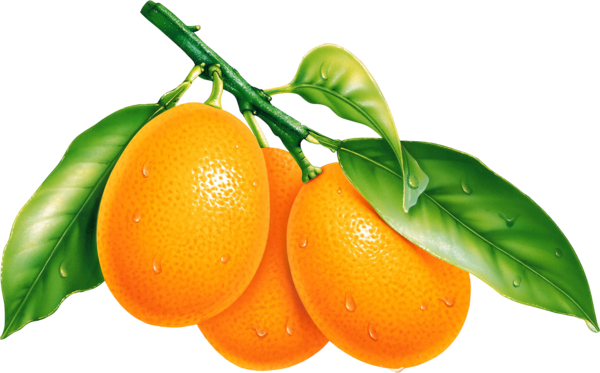The Distinction When Comparing Trees And Other Trees
In order to totally value the beauty and individuality of an indoor bonsai tree it is handy to understand the history of Bonsai. From China, to Japan, to the United States, the hobby of bonsai has traveled throughout the world over thousands of years to show up with us today as a true art type, and satisfaction to people all over the globe. Bonsai, and Bonsai trees, are basic terms for any tree or shrub in mini kind that is kept in a tree service near home pot.

Bonsai which literally translated from the Japanese character "Bon" implying tray and "Sai" significance plant, really came from not in Japan where it was made well-known by such movies as Karate Kid, but in China. The Chinese term is Penjing from the character "Pen" translated tray and "Jing" which is surroundings. The characters for "Bon" in Japanese and "Pen" in Chinese are in fact identical. The very first documented evidence of the existence of Penjing, or Bonsai, was found in the burial place of Prince Zhang Huai who died in 706 A.D. One of the paintings found in the tomb shows a servant carrying a miniature landscape, and in another a servant is shown carrying a plant in a pot. It has been specified that the Chinese were enamored with miniaturization in general and thought that mini objects had actually focused mystical and magical powers. Chinese bonsai trees are characterized by sporadic foliage and rugged trunks which frequently looks like birds, dragons and animals.

There is debate about exactly when bonsai were given Japan. It is thought to be either the Heian duration (794 - 1191A. D.) or the Kamakura period (1185 - 1333). There is a Japanese scroll credited to the year 1195 that seems to describe bonsai. At first, bonsai in general, especially indoor bonsai trees, were restricted to Buddhist monks who wished to bring a bit of nature into their bleak quarters. Later on, the care and keeping of bonsai trees expanded to the upper class and was a sign of status and honor. In the 1300's cultivating bonsai spread to the general population. There were great strides in the techniques for training bonsai as soon as this occurred. This is most likely the reason that general understanding states that bonsai was produced in Japan. For the Japanese, bonsai represents consistency in between male, the soul, and nature, and usually more closely looks like bigger trees that are found in nature than the Chinese variation.
At the End of The Second World War, bonsai trees made it throughout the ocean to the US with the returning soldiers. Even though the majority of the bonsai brought home by the soldiers passed away rapidly, interest in indoor bonsai trees was stimulated. Americans wished to find out how to correctly take care of bonsai, and Japanese-Americans were essential to assist them get the understanding they needed to keep their bonsai alive. Modern American bonsai represents a combination and blurring of both Japanese and chinese methods and practices.
Discovering a little about the history of indoor bonsai trees will make your bonsai experience much more unique. Bonsai have crossed through centuries, nations, and even income levels to become the art type we now understand. Discovering and growing your own bonsai tree brings you closer to nature and history and can be an art kind that you can take pleasure in for a lifetime.